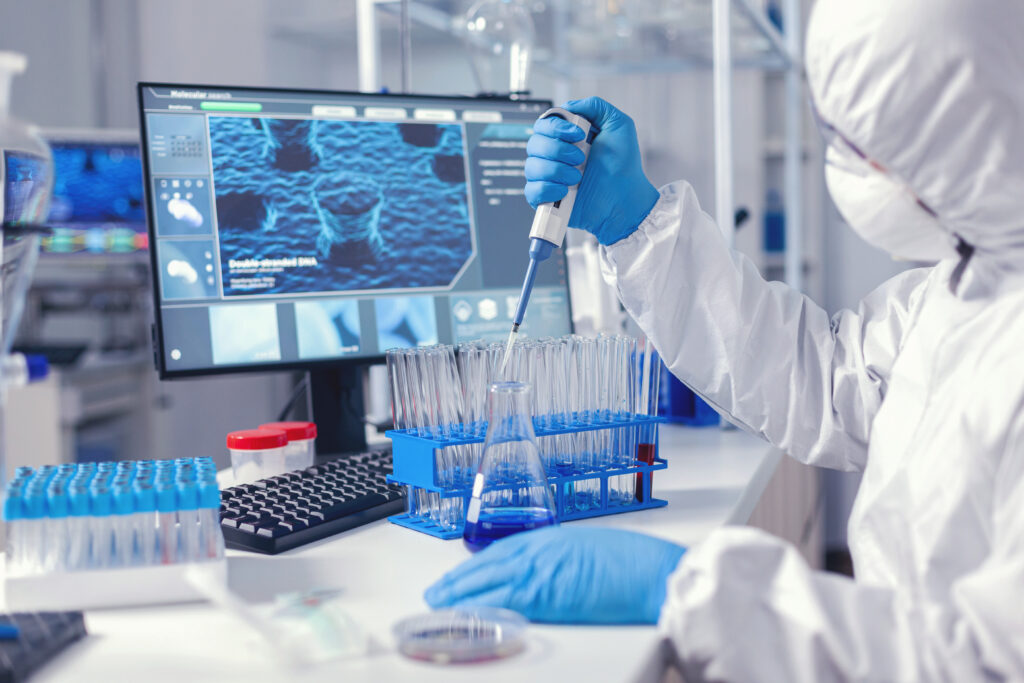Troubleshooting HPLC Method Development Issues
High-Performance Liquid Chromatography (HPLC) is a widely used analytical technique, offering precise separation and quantification of compounds in a sample. However, method development in HPLC is not always a straightforward process. Analysts often encounter various issues that can compromise the quality of results. In this article, we will delve into common problems that arise during […]
Troubleshooting HPLC Method Development Issues Read More »


